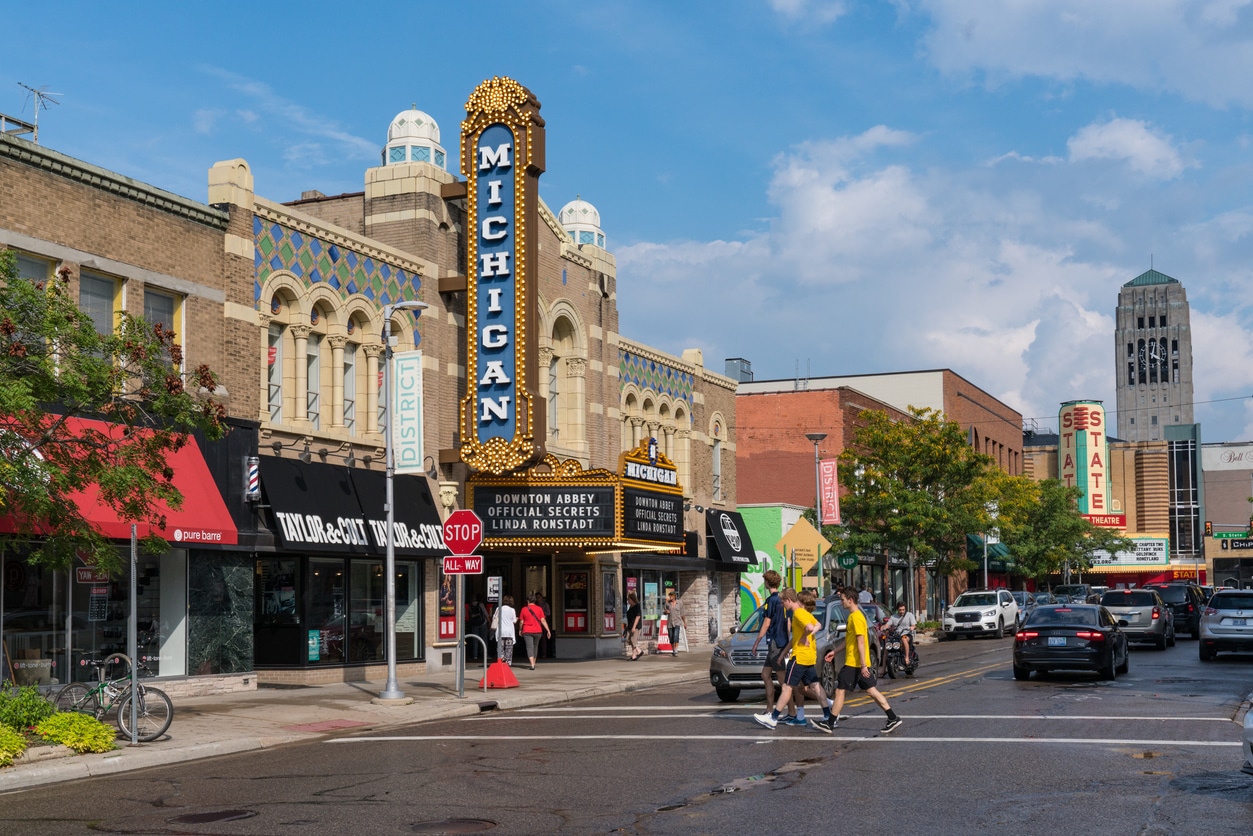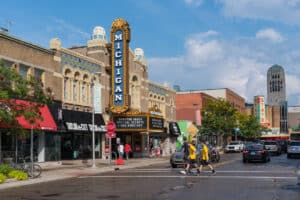
Is Sustainable Urban Development the Way to Go?
- NPG
- July 30, 2024
- NPG Commentary
- 0 Comments
Top 5 Places to Live, How Many People Already Live There, and What These Cities Might Do to Prepare for Future Population Growth.

Each year, many people are faced with the decision of choosing where to live. Whether it’s for a job opportunity, a change of scenery, or simply seeking a better quality of life, location plays a crucial role in our daily experiences and overall well-being. U.S. News and World Report’s Quality of Life Index, which measures resident satisfaction across various factors including crime rates, healthcare quality, educational opportunities, and average commute times, recently identified the 25 Best Places to Live for Quality of Life. Here are the top 5:
Top 5 Places to Live for Quality of Life in the U.S.:
- Ann Arbor, MI – Population 119,875
- Boulder, CO – Population 105,485
- Boise, ID – Population 236,634
- Honolulu, HI – Population 343,421
- Raleigh, NC – Population 476,587
Each of the 5 cities listed currently has less than 500,000 people. This isn’t the only thing they have in common. Fairly speaking, each location packs enough punch to attract anyone looking to relocate.
Commonalities Among the Top 5 Places to Live for Quality of Life
- Strong Educational Institutions: Each of these cities is home to reputable universities and colleges, contributing to a well-educated population and providing ample opportunities for research and innovation.
- Access to Outdoor Recreation: With varied natural landscapes, these locations offer abundant outdoor activities such as hiking, biking, and water sports, promoting a healthy lifestyle and connection to nature.
- Vibrant Cultural Scenes: These cities boast a rich cultural environment with numerous festivals, museums, galleries, and local events that foster community engagement and enhance overall resident satisfaction.
- Low Crime Rates: Safety is a primary concern for residents, and each of these cities has been recognized for maintaining lower crime rates compared to national averages, contributing to a sense of security and well-being.
- Strong Community Engagement: There is an emphasis on community involvement through local initiatives and organizations, allowing residents to have a voice in decision-making processes and helping to create a supportive and connected community.
The common features of the top 5 places to live are remarkable. They represent the ideal template for any American in search of a fresh start. Add to that, a study from the NYU Furman Center for Real Estate and Urban Policy discovered that “small, small-mid, and mid-sized cities have higher homeowner rates and lower poverty rates than large cities.”
Ten years ago, urban researcher Richard Florida wrote: “America’s economic winners are not those places that are growing population fastest, but those that are developing the skills and capabilities that improve their underlying productivity.”
Broadly speaking, these cities are real-time “sweet spots” – where there’s space to do as you please, the quality of life is high, and residents are civically engaged. So, why has NPG zeroed in on this list? Because all major cities/city regions in the U.S. once had less than 500,000 residents. Because population growth will eventually make more and more American cities very unpleasant places to live.
Looking at the top 5 most populated cities in the U.S. and the common causes of a lower quality of life, it is important to note that adding more people worsens the impact of each disruption.
Here are the Top 5 Most Populated Cities in the U.S.:
- New York – Population 8.3 million
- Los Angeles – Population 3.8 million
- Chicago – Population 2.6 million
- Houston – Population 2.3 million
- Phoenix – Population 1.6 million
Commonalities That Disrupt the Quality of Life in Major U.S. Cities
- High Cost of Living: Many of these cities experience soaring housing prices and living expenses, making it challenging for residents, especially newcomers, to find affordable accommodation and maintain a sustainable lifestyle.
- Traffic Congestion: Urban sprawl and increasing population density contribute to significant traffic challenges, leading to longer commute times and elevated stress levels among residents reliant on public and private transport.
- Public School System Strain: As populations grow, public educational institutions often face overcrowding, limited resources, and varying quality, which can lead to less effective learning environments for students.
- Environmental Pollution: Urbanization in these cities has frequently resulted in higher levels of air and noise pollution, negatively impacting residents’ health and overall quality of life.
- Inequality and Job Disparities: Economic inequalities within these metropolitan areas can lead to stark contrasts in quality of life, with certain communities facing unemployment and underemployment, exacerbating social issues and limiting access to essential services.
The University of Michigan’s Center for Sustainable Systems (UMCSS) shared the ideal features of a sustainable city, writing: “A sustainable urban area is characterized by the preservation of a quality environment, efficient use of renewable energy resources, the maintenance of a healthy population with access to health services, and the presence of economic vitality, social equity, and engaged citizenry.” In order to achieve this level of quality, UMCSS suggests: “An integrated approach to environmental management, measures to counter sprawl, the establishment of linkages among community, ecology, and economy, and coordinated stakeholder interaction are necessary for achieving sustainability in cities.”
NPG, too, advocates for a paradigm shift that prioritizes balance and sustainability over the growth-at-any-cost mindset. It is imperative that we acknowledge the consequences of urban sprawl and the ramifications it poses on living standards. According to UMCSS, “It is estimated that 83% of the U.S. population lives in urban areas, up from 64% in 1950. By 2050, 89% of the U.S. population and 68% of the world population is projected to live in urban areas.” NPG’s mission to slow, halt, and eventually reverse population growth is not only a response to the challenges faced by major cities but also a call to action for fostering communities that are both livable and sustainable for future generations. The integration of sustainable practices and community engagement will pave the way towards achieving this vision, ensuring that our urban centers thrive while simultaneously maintaining their character and integrity.
Through your continued support and donations to NPG, we can advocate for these necessary changes.
Make a Difference – Donate Now


